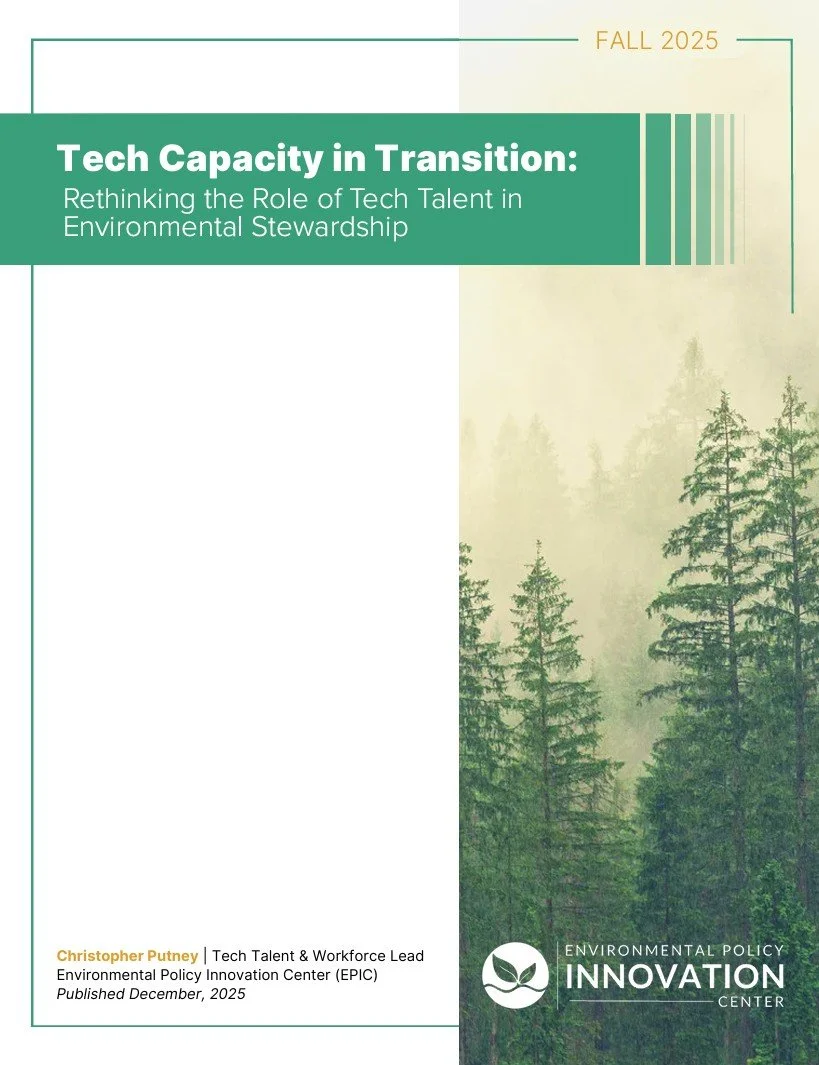
Tech Capacity in Transition: Barriers and Opportunities in Tech Talent

Nature Moves. Our Rules Don’t. That’s the Problem

Full Lead Service Line Replacement Is Closer Than We Thought

Tennessee FFY 2025/SFY 2026 Public Comments: Drinking Water State Revolving Fund Intended Use Plan Covering Emerging Contaminants

Written Testimony before the Assembly Public Hearing on Lead Service Line Replacement Programs

Tech Capacity in Transition: Rethinking the Role of Tech Talent in Environmental Stewardship

EPIC DWSRF Funding Tracker: Tennessee

EPIC DWSRF Funding Tracker: Alabama

EPIC DWSRF Funding Tracker: Louisiana

EPIC DWSRF Funding Tracker: New York

Environmental Permitting is Getting Better
It's not that permitting change might happen. It has changed, is changing, and will change more. We’ve had a great collaboration with the team at Inclusive Abundance these last 15 days, hearing about 15 ‘wins’ for permitting reform they wanted to celebrate. We are starting our own 15-day countdown now. It’s a great way to acknowledge all the progress underway to make environmental permitting laws and programs that better serve the planet, people, and our prosperity.

When Federal Earmarks Undermine State Priorities: Why Texas Loses Big Under SRF Earmarks

Advocacy in Action: Insights from SRF State Advocates Forum Member Engagement Report

Empowering Our Forest Stewards: A New Era of Innovation

Revolving No More: How Earmarks Undermine Funding for Water Infrastructure

Predicting DOGE AI Deregulatory Tool Recommendations

State SRF Policies: Dispatches From Our Water Webinar Series

Utilizing EPIC Resources to Strengthen Texas SRF Analysis

Fixing Bottlenecks in Lead Pipe Funding


